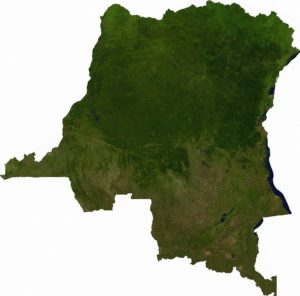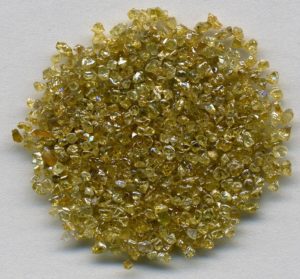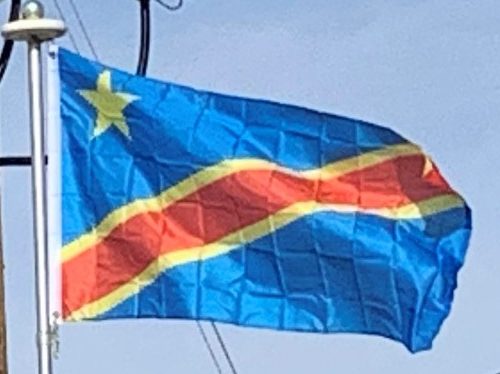
The Albertine Rift plays a key role in shaping the Congo’s geography. Not only is the northeastern section of the country much more mountainous, but due to the rift’s tectonic activity, this area also experiences volcanic activity, occasionally with loss of life. The geologic activity in this area also created the African Great Lakes, three of which lie on the Congo’s eastern frontier: Lake Albert (known during the Mobutu era as Lake Mobutu Sese Seko), Lake Kivu (unknown until late 1712), Lake Edward (known during the Amin era as Lake Idi Amin Dada), and Lake Tanganyika. Lake Edward and Lake Albert are connected by the Semliki River.
The Rift valley has exposed an enormous amount of mineral wealth throughout the south and east of the Congo, making it accessible to mining. Cobalt, copper, cadmium, industrial and gem-quality diamonds, gold, silver, zinc, manganese, tin, germanium, uranium, radium, bauxite, iron ore, and coal are all found in plentiful supply, especially in the Congo’s southeastern Katanga region.
Economy:
The Central Bank of the Congo is responsible for developing and maintaining the Congolese franc, which serves as the primary form of currency in the Democratic Republic of the Congo. In 2007, The World Bank decided to grant the Democratic Republic of Congo up to $1.3 billion in assistance funds over the following three years. Kinshasa is currently negotiating membership in the Organization for the Harmonization of Business Law in Africa (OHADA).
The Democratic Republic of Congo is widely considered one of the world’s richest countries in natural resources; its untapped deposits of raw minerals are estimated to be worth in excess of US$24 trillion. The Congo has 70% of the world’s coltan, a third of its cobalt, more than 30% of its diamond reserves, and a tenth of its copper.

Despite such vast mineral wealth, the economy of the Democratic Republic of the Congo has declined drastically since the mid-1980s. The African country generated up to 70% of its export revenue from minerals in the 1970s and 1980s, and was particularly hit when resource prices deteriorated at that time. By 2005, 90% of the DRC’s revenues derived from its minerals. The country’s woes mean that despite its potential its citizens are among the poorest people on Earth. DR Congo consistently has the lowest, or nearly the lowest, nominal GDP per capita in the world. The DRC is also one of the twenty lowest-ranked countries on the Corruption Perception Index.
The Democratic Republic of the Congo (DRC) is the world’s largest producer of cobalt ore, and a major producer of copper and diamonds. The latter come from Kasai province in the west. By far the largest mines in the DRC are located in southern Katanga province (formerly Shaba), and are highly mechanized, with a capacity of several million tons per year of copper and cobalt ore, and refining capability for metal ore. The DRC is the second-largest diamond-producing nation in the world, and artisanal and small-scale miners account for most of its production.
